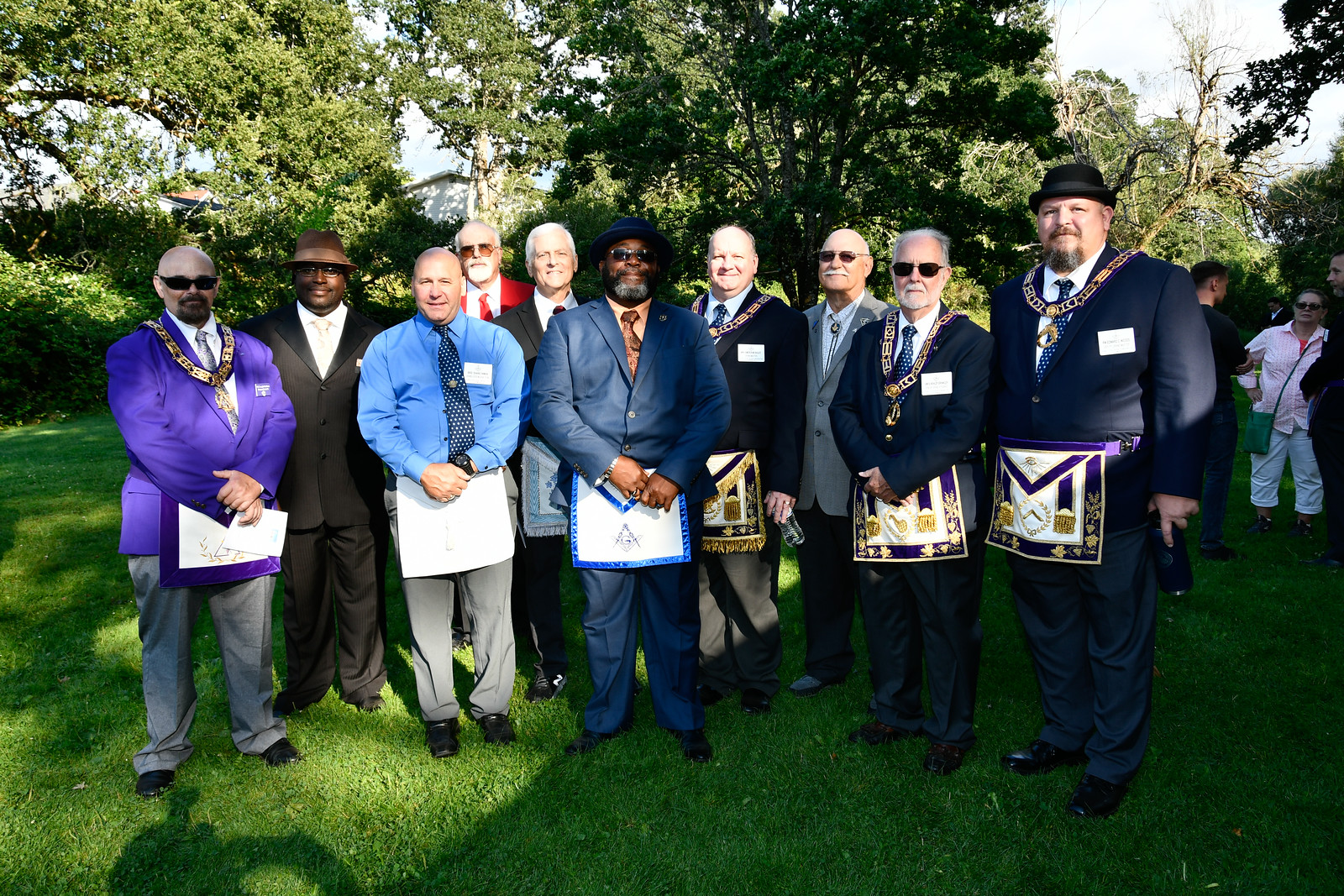Straightforward Steps to Help You Understand How to Join a Masonic Lodge Quickly
Straightforward Steps to Help You Understand How to Join a Masonic Lodge Quickly
Blog Article
Checking Out the Mysteries of the Freemason: What You Need to Know
The Freemason, a term frequently shrouded in intrigue and conflict, represents a complicated tapestry of historical reality and contemporary misconception. Established in the late 18th century, this secret culture was originally rooted in the Enlightenment's ideals but has actually since come to be identified with conspiracy concepts concerning elite control. As we navigate the origins, vital numbers, and the plain comparison between misconception and truth, one need to take into consideration just how these stories influence modern understandings of power and privacy. What could be revealed with a more detailed examination of these elements could test long-held presumptions regarding the shadows that stick around in our society.
Beginnings of the Freemason
The beginnings of the Freemason are steeped in a blend of historic intrigue and ideological fervor. Established in 1776 in Ingolstadt, Bavaria, by Adam Weishaupt, the team was at first created as a secret society aimed at advertising Knowledge ideals such as reason, secularism, and the separation of church and state. Weishaupt, a professor of canon regulation, sought to challenge the dominating authority of the church and state, which he considered as oppressive establishments suppressing intellectual and personal freedom.
The Freemason sought to recruit influential participants from numerous social fields, consisting of national politics, academic community, and the arts, to promote a network committed to these Enlightenment principles. The society run under a veil of secrecy, employing coded language and routines to protect its members from oppression, particularly given the repressive environment of the moment. The Freemason dealt with significant resistance from both governmental authorities and religious establishments, which viewed the group as a threat to their power.
Trick Numbers and Members
Who were the essential figures that formed the Freemason's very early impact and instructions? The Bavarian Freemason, started in 1776 by Adam Weishaupt, emerged as a reaction to the overbearing social structures of the time.
One more significant figure was Johann Gottlieb Fichte, a prominent theorist whose concepts on nationalism and education resonated with the Freemason's goals. Fichte was not a formal member, his thoughtful bases influenced the team's ideological background. In addition, figures like the author and philosopher Johann Wolfgang von Goethe were linked with the wider intellectual movements of the time, although their direct involvement with the Freemason remains debated.
These crucial figures added to the Freemason's very early direction, pushing the boundaries of political and social thought, while their collective efforts intended to challenge well established standards and foster a climate of dynamic change in Europe.
Misconceptions vs. Truth
Lots of mistaken beliefs border the Freemason, usually mixing truth with fiction in a method that covers its real nature. The concept that the Freemason proceeds to exert considerable impact over world events is a myth - how to become a freemason.
Another prevalent misconception is that the Freemason makes up a network of elite individuals controling international affairs. In truth, several conspiracy theories overemphasize the group's importance, connecting unproven objectives to social patterns and occasions. This has led to an oversimplified sight of intricate concerns.

Modern Interpretations
Contemporary analyses of the Freemason typically mirror wider social stress and anxieties and a fascination with secrecy and power. This contemporary lens often links the have a peek at this website Freemason with conspiracy theory theories that recommend a hidden elite manages world events, controling federal governments and economies for their own gain. Such narratives take advantage of a deep-rooted wonder about of authority, specifically in times of situation or social upheaval.

Moreover, some modern-day analyses mount the Freemason as a metaphor for the intricacies of globalization and the interconnectedness of significant individuals and organizations. This point of view motivates a vital exam of exactly how power dynamics run in today's world, highlighting the balance between transparency and secrecy in administration and business practices.
Social Effect and Tradition
Influenced by centuries of intrigue, the social influence and legacy of the Freemason extend far beyond its historical origins. This secret culture, developed in the late 18th century, has permeated various aspects of pop culture, from literary works and movie to songs and art. The idea of the Freemason has evolved into an icon of conspiracy theories, often representing a viewed covert power controling global occasions.
In literature, writers like Dan Brown have actually woven the Freemason right into complex stories, captivating visitors with motifs of secrecy and power. Films such as "National Treasure" and "The Da Vinci Code" even more continue the allure of the society, mixing fact with fiction to develop interesting narratives.
The Freemason's influence additionally prolongs right into songs, with artists referencing the company to stimulate motifs of disobedience and social review. This portrayal has actually added to a fascination with the concept of private teams controlling the bars of power, showing societal anxieties regarding authority and openness.
Inevitably, the Freemason's tradition is a complicated tapestry of myth and truth, shaping assumptions of secrecy and control in modern discussion. Its enduring existence in culture highlights mankind's seasonal quest for comprehending surprise facts.
Verdict
The exploration of the Freemason exposes a complicated interaction in between historical truths and modern-day myth-making. Started in the Knowledge era, this culture intended to test overbearing frameworks, yet its tradition has actually been eclipsed by conspiracy theory concepts that recommend elite adjustment. Understanding my website the differences between the original ideals and contemporary analyses is essential for comprehending the enduring attraction with the Freemason and its significant influence on social stories bordering power and privacy in society.
Report this page